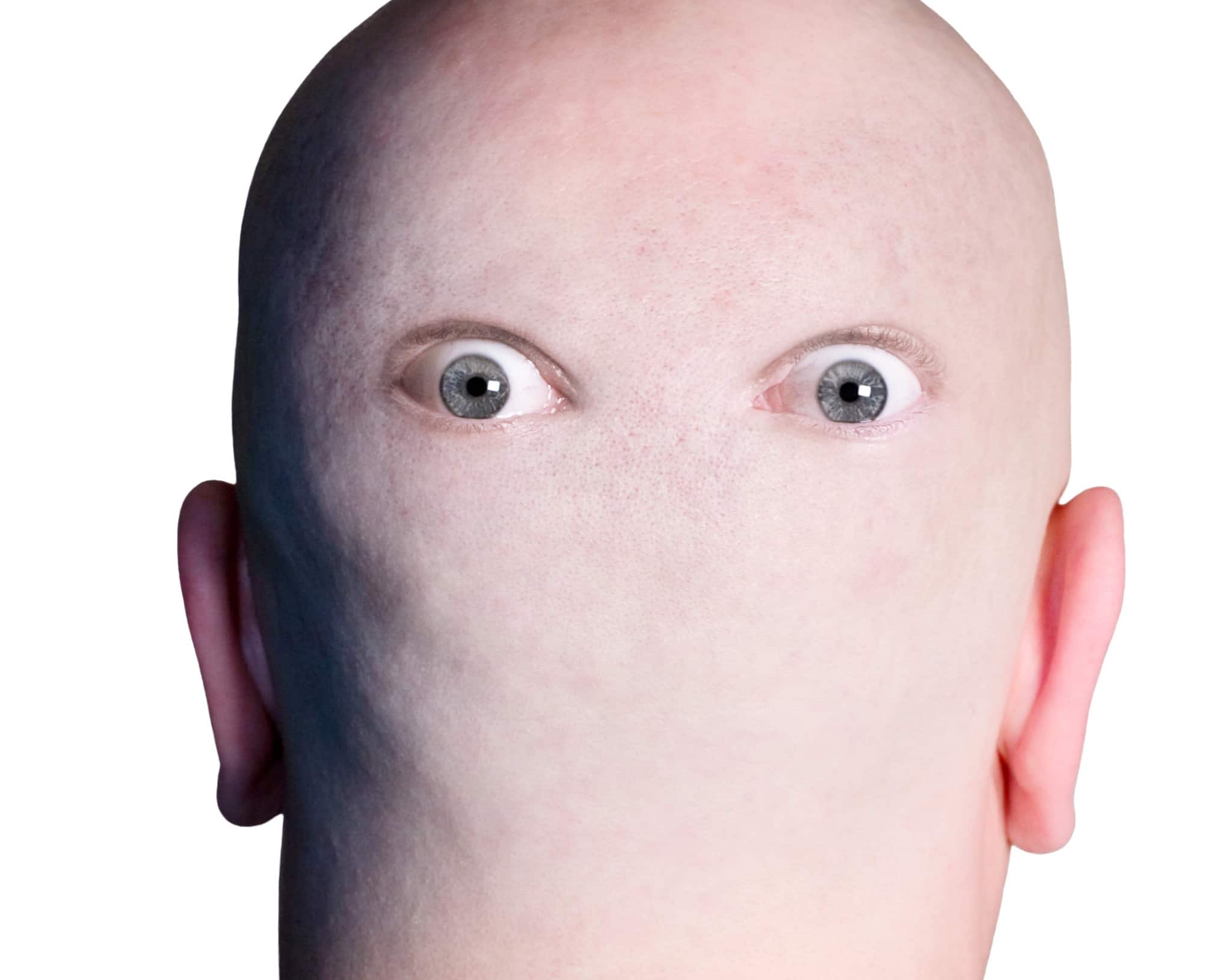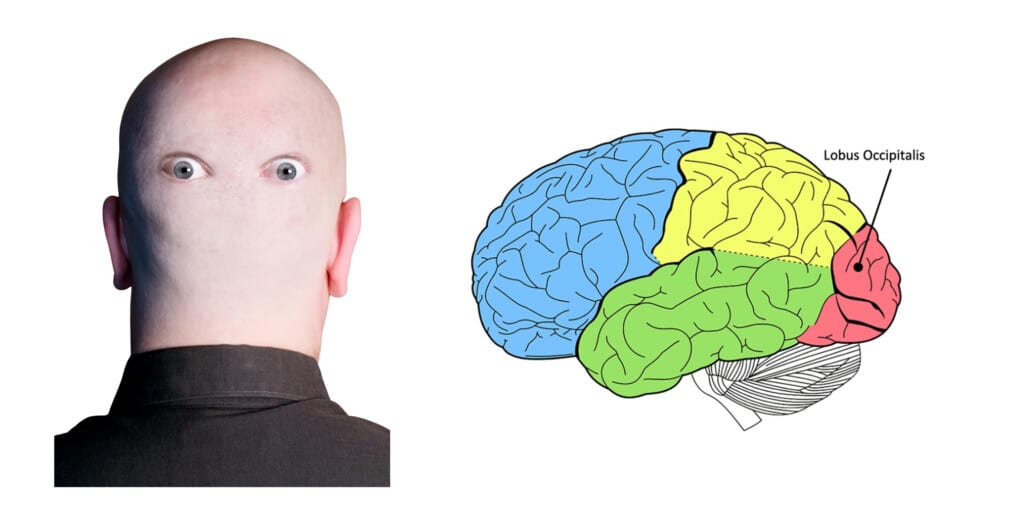
Of course, many times you have wished you had eyes in the back, for example to discover an approaching danger or just to see the faces that you were not supposed to see. Now it seems that this wish may become a reality in the not too distant future, but maybe not quite as literally as you think. The key is a new way of interacting with the brain. Behind this is the Silicon Valley-based company Occipital Vision.
It is about increasing understanding of how the brain works, especially the synapses of the nervous system, which are the “connectors” between nerve cells. This is the body’s own microelectronics that can be connected in various ways to man-made electronics on a micro scale. Connecting to the nervous system is not really new. For many years, there have been, for example, thought-controlled proteses where nerve wires have been connected to the protesis’ electronics and mechanical movement organs. Recently, sensory proteses have also been developed. But, It is more difficult to connect directly to the brain’s nervous system.
You may have heard of Elon Musk’s Neuralink, an electronic implant as big as a coin. With the help of a robot, it should be possible to insert it into the cerebral cortex, where it will, via 1024, extremely thin conductors capture and send signals directly to the brain’s neurons. In the long run, this should be able to provide many different areas of use, where only the imagination sets the limits. It will probably be a while before it becomes a reality, some animal experiments have been done, but no significant scientific results have yet been published.
In this situation, the Silicon Valley-based company Occipital Vision Inc enters the pathway with an interface to the brain that does not require surgery. More specifically, it is a connection to the part of the brain which in Latin is called “lobus occipitalis”, the neck lobe, and is home to the so-called “visual cortex” (the backmost part of the cerebral cortex) which mainly handles visual impressions and processes by processing information from eyes so that we can understand what we see. This company, which has thus borrowed its name from the neck lobe, has now come up with the sensational news that via a large number of small electrodes on the skin surface in the neck you can directly read the brain activity of the visual sense. Several have tried this before, but have only been able to register certain electrical activity, without being able to interpret it.
The key is to initially use a camera that sees the same image as the eyes and apply machine learning to get a system that can learn to reinterpret the signals into an image. When the learning process is complete, you can remove the camera. You have then been able to read what the eyes see and have been able to reproduce this as an image. There are now good hopes of also being able to train the system to capture a stereo image, which opens the way to 3D.
– The learning process is individual and only takes a few days and is conveniently done with a head-mounted camera, wirelessly connected to a mobile phone,” says Gregory Neck, who is the company’s CEO with a background at Stanford University (yes, his name is actually Neck, oddly enough).

Collected data is sent with a certain app up to a high-performance computer in the cloud for AI-based deep learning. The finished result has been chosen to be called BR – Brain Reality. This should be interpreted as the reality we experience being created in our brain, regardless of whether it is based on signals from the eyes or elsewhere.
In addition, they have tried to run the system in the other direction, i.e. to send signals to the brain via the electrodes so that a completely new image is created there, which would open the doors to VR, but without the need for VR glasses. In addition, it has been seen that if you activate only a part of the electrodes, the brain forms a composite image where what the eyes see is mixed with the virtual. This would enable AR (augmented reality) or MR (mixed reality). The resolution of the images so far leaves more to be desired, but the company says that it is just a matter of connecting more electrodes.
In practice, it works so that the electrodes are mounted on two plates – one on each side of the neck lobe – which via a soft strap around the forehead holds them in place, i.e. much smaller and more flexible than VR glasses, and turn in the other direction.
– In some contexts, you could build the electrode plates in the headrest on chairs”, says Gregory Neck. “This is especially of value in cars to give the driver information that today must be conveyed via conventional monitors or mirroring in the windshield. It can also be of interest in cinemas, to give the audience individual experiences”, he says.
So then, what about “eyes in the neck”. Yes, those plates could be called a bit popular for that, but the fact is that with a simple measure you could get eyes in the neck for real (!), Namely by also providing the plates with cameras – and cameras can be made very small and basically invisible nowadays. The only question is if you really want to see those faces that were not meant to be seen…
Read more here!

